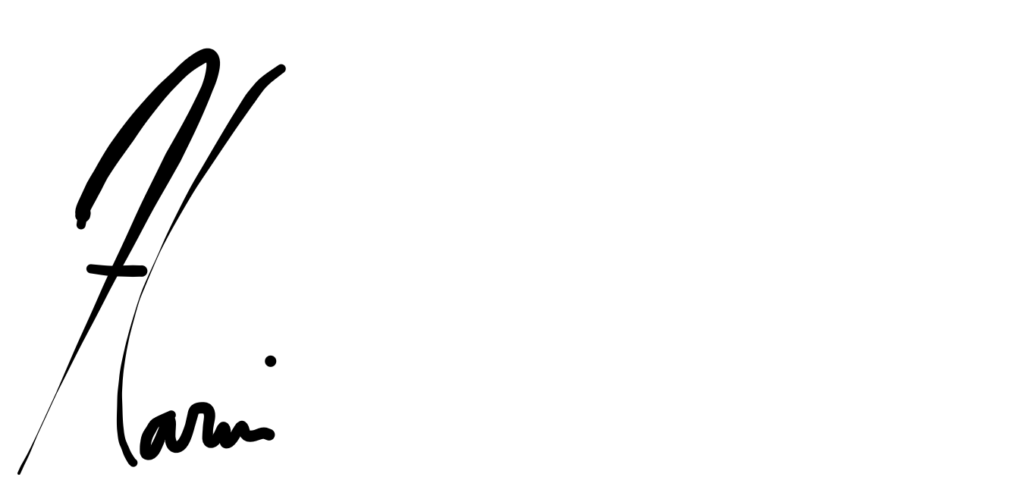We’ve all had to manage burnout, but how do we break the cycle? Like most of my peers, hustle culture pushed me to my limits and motivated me to work endlessly.
For instance, I started freelance writing while working a 9 to 5 during the pandemic. But hustling non-stop made it feel impossible to slow down and smell the roses. Although my passion for writing was became a reality, I couldn’t enjoy it because I drove myself into the ground.
I realized that “taking time off” wasn’t enough. I needed to establish habits that would keep me in check and help me build a sustainable life. Unlearning toxic productivity is a long process, so if you fall in this category, welcome to the club!
In this post, we’ll discuss:
- The different types of burnout
- 5 stages of burnout
- Ways to manage burnout to create a healthier balance of productivity and self-care
Types of Burnout
After reading through the “manage burnout” reddit, I discovered there are several types of burnout that someone may experience. The 3 common types of burnout include: overload burnout, under-challenged burnout, and neglect burnout.
1. Overload Burnout
Overload burnout leaves you with a sense of overwhelm, irritability, mental exhaustion, and lack of focus. This type of burnout may be a result of working long hours and managing life beyond your capacity, especially without breaks.
2. Under-challenged Burnout
Under-challenged burnout refers to the exhaustion you may experience when life and work feels stagnant. Your routine may be monotonous and lack any significant changes to indicate progress towards a goal.
3. Neglect Burnout
Neglect burnout often inspires feelings of hopelessness and a lack of confidence in your ability to have everything under control. This type of burnout can lead to withdrawal and cynicism.
It’s possible to experience multiple types of burnout at the same time. In my case, overload burnout and neglect burnout described my mental and emotional state.
5 Stages of Burnout
Before researching burnout, I believed it was a constant state of exhaustion. But as it turns out, there’s more to burnout than what meets the eye. While you may not believe you fall in this category, you may be somewhere on the burnout spectrum.
According to Health.com, there are 5 stages of burnout. Let’s take a closer look at each description!
The Honeymoon: Exhilarated and Productive
During the honeymoon phase, you may feel like a fully-functioning person, completing work projects, checking tasks off your to-do list, and getting things done. You’ll likely have energy, feel creative, and be inspired to add more work to your plate.
At this point, burnout isn’t on your mind. You’re optimistic about life and ready to prove your capabilities.
Onset of Stress: Slowing Down
Once onset of stress begins, you may hit a wall where your productivity slows down. In contrast to the optimism from the honeymoon stage, stress may weigh on you and your boundless energy begins to deplete.
Some signs of onset of stress include:
- Anxiety
- Headaches
- Shift in appetite
Chronic Stress: Persistent and Unwavering
It becomes challenging to manage burnout at this point. At the chronic stress level, you may feel apathy and cynicism. You may also face fatigue, heightened stress, and frustration.
While you may be able to function at work, chronic stress can affect your overall performance.
Burnout: Crippling Exhaustion
Like a candle, your inner light begins to burn out. Here, you reach a new phase of mental exhaustion, which can impact everything, from your interactions and social life to your job and relationships. Every demand (no matter how small) becomes a big ask.
At the burnout stage, you may grapple with self-doubt and prioritize other things above your own needs.
Habitual Burnout: A Tired Cycle
Ignoring signs of burnout can lead to habitual burnout, where you repeat the same exhausting routine over and over again. While you may believe a vacation is the perfect reset, if you don’t make meaningful changes to your life, you may fall into burnout again in the future.
5 Ways to Manage Burnout
Note: The following tips are based on my personal experience. If you require additional support, please reach out to a loved one and/or a professional healthcare provider.
Reflect on Your Experiences
Our experiences offer insight into ways to navigate our lives. Take a moment to revisit recent memories. Do you see any recurring patterns? Is there something that isn’t serving you? If so, what is it, and is it still occurring now?
If you’re consistently tired, consider the source of your exhaustion. Is it mental exhaustion, physical exhaustion, or both? For instance, absorbing news all day may lead to mental exhaustion and depression. Working without taking any breaks may contribute to brain fog.
You have far more control than you realize. You can take your power back by recognizing what isn’t working and making small changes to your habits:
- Studying for shorter intervals
- Taking more breaks
- Adding exercise sessions to your week
- Consuming less social media (Cut down little by little!)

Recognize Your Tells
Your tells are signs indicating stress levels. I like to think of them as red flags letting me know when something is off. For example, when I’m anxious, my jaw tightens up, and I lose my appetite. That’s my body’s way of telling me I’m overwhelmed and need to take a pause.
Some other tells may be headaches, limiting beliefs, and ruminating thoughts.
Why are tells important? What’s their purpose?
These signs are here to protect you and remind you to listen to your body. We are not machines that function 24/7. We are humans who require rest to be productive and accomplish our goals.
When you’re experiencing mental or physical discomfort, take this opportunity to turn inward and do what’s best for you. If that means taking more breaks, do it!
Try to be receptive of these indicators to ensure you don’t push yourself to your limits in the future.
Implement Habits That Serve You
We already know it’s hard to create a new habit. It’s also challenging to reprogram our mentality around work, especially since many of us have been taught to work harder and improve ourselves.
When it comes to establishing a new habit and retiring an old one, start with compassion. Be gentle with yourself. Recognize that change takes effort, time, and practice. For instance, if you want to reduce your screen time, you may not hit your goal on the first day, and that’s okay!
I recently started applying the 50% rule, so I could be more forgiving with myself. It’s unrealistic to accomplish everything and then some when life is constantly changing. Since life is unpredictable, it’s okay to leave room for error. Celebrate hitting 50% of your goals. It’ll definitely boost your mood.

Be Intentional With Your Habits
During my self-care challenge, I discovered it takes time and mindfulness to establish new habits, even the ones that made me feel good. One way to be intentional with your habits is to write or verbalize them.
For example, if you want to begin the day on a positive note, you can state positive affirmations in the mirror.
Manage Burnout by Taking Baby Steps
Sometimes we want to dive in without looking back with the hope that our lives will magically transform. But that’s not how habits work. Like learning a new skill, it starts with baby steps–one intentional action at a time.
Let’s say you’re a student and you want to implement more breaks into your study sessions. Start with 5-minute breaks and eventually add more time.
Why We Should Learn How to Manage Burnout
Ignoring burnout is not a solution! It only prolongs the mental and physical exhaustion weighing on you. The first step is acknowledging that burnout exists and you may be experiencing it.
From there, you can deal with burnout by exploring your triggers. Is it workaholism? Are you juggling too many responsibilities? Are you prioritizing other people over your needs? Or maybe, it’s all of the above.
Once you understand your triggers, consider creating boundaries that will reduce the likelihood of burnout occurring like clockwork. For instance, you may block off time after work hours or turn off email notifications to focus on yourself.
However you decide to tackle the burnout monster, I hope you take time to attend to your needs and practice some much-needed self-care.
This post was inspired by Aleya Harris and her Flourishing Entrepreneur podcast!
What are some ways you combat the burnout monster?
Let me know in the comments below, and as always, good luck on your journey!
